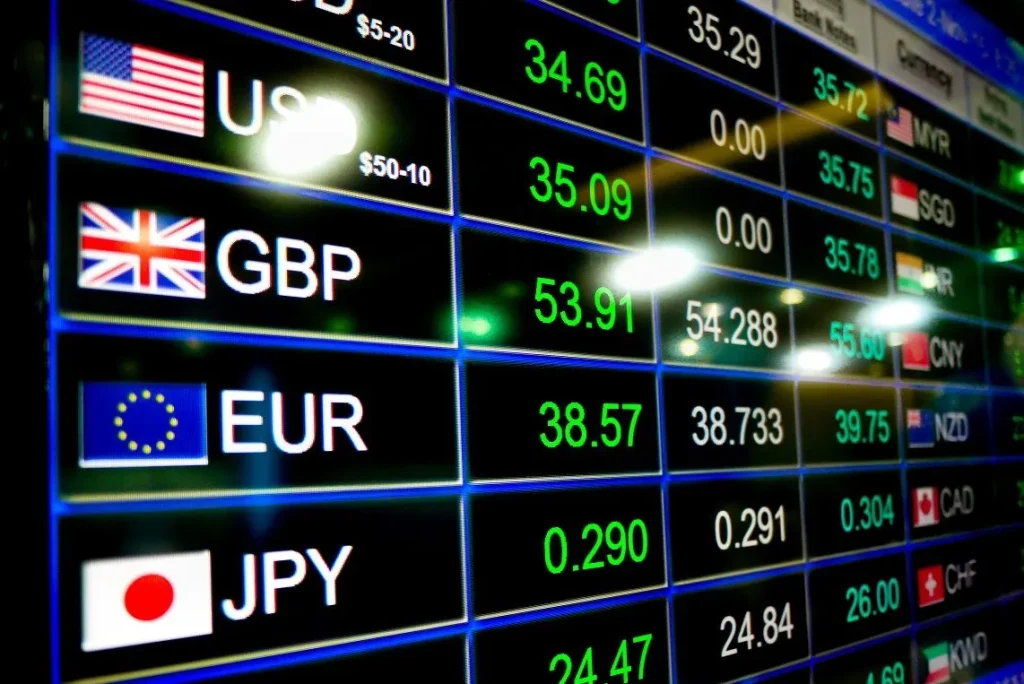The foreign exchange (Forex) market is the largest and most liquid financial market in the world, playing a critical role in global trade and investment. Traders and investors from all over the world participate daily in currency trading, influenced by a complex interplay of macroeconomic trends and technical market factors. Understanding these forces is essential for success, especially when viewed through the lens of a specific region. The Gulf Cooperation Council (GCC) countries present a unique case with their distinct economic structures, geopolitical environment, and monetary policies. Exploring macro trends and technical setups from a Gulf perspective not only provides insights into global currency movements but also reveals localised patterns that can guide traders and investors in this dynamic market.
Understanding the Forex Market Basics
At its core, Forex trading involves the exchange of one currency for another in pairs, such as the US Dollar against the Euro or the British Pound against the Japanese Yen. This market operates 24 hours a day, five days a week, allowing participants from across time zones to trade seamlessly. While major currency pairs dominate the trading volume—consisting primarily of currencies like USD, EUR, JPY, GBP—the Gulf region introduces a set of important, albeit less globally liquid, currencies such as the United Arab Emirates Dirham (AED), Saudi Riyal (SAR), Qatari Riyal (QAR), and Kuwaiti Dinar (KWD). These currencies often trade against the USD or other major currencies but are influenced by factors distinct to the region.
Forex markets attract a wide array of participants, including central banks that manage monetary policy, institutional investors seeking portfolio diversification, multinational corporations engaging in international trade, hedge funds employing speculative strategies, and individual retail traders. The interaction of these players creates a constantly shifting landscape influenced by economic data, political developments, and technical market behaviour. Find more information at ADSS Abu Dhabi.
Macro Trends Influencing Forex Markets Globally
Currency values rarely move in isolation; they respond to broad macroeconomic forces that ripple through global markets. Economic cycles, characterised by periods of growth and contraction, affect the relative strength of currencies as investors adjust their expectations for interest rates and corporate profitability. Central banks wield significant influence by setting interest rates, which directly affect currency demand. For example, the US Federal Reserve’s decisions often reverberate worldwide, as changes in US rates alter the attractiveness of the dollar relative to other currencies. Similarly, the European Central Bank’s policies impact the Euro and, by extension, currencies globally through trade and investment linkages.
Commodity prices are another major driver of currency movements, especially for resource-dependent countries. Oil, in particular, has a profound effect on the currencies of countries heavily reliant on energy exports. Fluctuations in oil prices can shift trade balances and national revenues, causing associated currencies to appreciate or depreciate. Alongside this, geopolitical risks such as trade wars, sanctions, or regional conflicts inject volatility into Forex markets. Investors often seek “safe-haven” currencies like the Swiss Franc or Japanese Yen during times of uncertainty.
Key Macro Trends Shaping Forex Markets in the Gulf Region
The Gulf economies present a distinctive case where traditional reliance on oil exports shapes much of the Forex market dynamics. The dependence on oil revenues means that fluctuations in oil prices have outsized impacts on the currencies of Gulf countries. However, many Gulf states have embarked on ambitious diversification plans, such as Saudi Arabia’s Vision 2030, aiming to reduce dependence on hydrocarbons and foster growth in non-oil sectors. These efforts, combined with OPEC’s production decisions, continue to influence currency stability and trade flows.
Most Gulf currencies are pegged to the US Dollar, a legacy of close economic ties and the dominance of the USD in global oil pricing. This peg creates a fixed exchange rate environment that limits currency volatility but also restricts monetary policy independence. Central banks in the region, therefore, focus on maintaining the peg through foreign currency reserves and monetary policy tools aligned with the US Federal Reserve.
Technical Analysis in Forex Trading: An Overview
While macroeconomic fundamentals provide the broad canvas for Forex price movements, technical analysis offers tools to decode the market’s immediate behaviour and timing. Technical analysis is based on the premise that historical price data and trading volumes contain patterns and signals that can predict future price action. Traders rely on various indicators, such as moving averages, which smooth out price fluctuations to identify trends; the Relative Strength Index (RSI), which gauges overbought or oversold conditions; and the Moving Average Convergence Divergence (MACD), which signals trend changes.
Chart patterns also play a crucial role in identifying potential reversals or continuation of trends. For example, formations like the head and shoulders pattern can indicate a market top or bottom, while flags and pennants often signal brief consolidations before a trend resumes. Technical analysis is applied across multiple timeframes, catering to diverse trading styles. Scalpers focus on minute-by-minute price action, day traders look at hourly charts, and swing traders analyse daily or weekly charts to capture larger moves.
Conclusion
The Forex market in the Gulf region is shaped by a fascinating blend of global macroeconomic forces and distinctive regional factors. While the peg to the US Dollar and oil dependency create stability, they also impose unique constraints and risks. Technical analysis offers valuable tools to decode market behaviour and identify trading opportunities within this context. Combining a deep understanding of macro trends with technical setups allows traders to develop well-rounded strategies tailored to Gulf currencies.












More Stories
Building a Sovereign Digital Identity for Entrepreneurs and Small Businesses
Beyond Sustainability: Implementing Regenerative Business Models for Long-Term Resilience
Business Models and Ethics for Commercializing Climate Adaptation Technologies